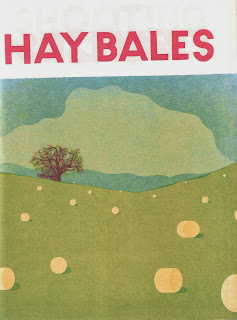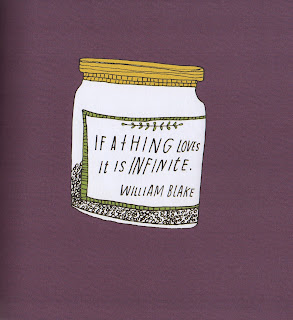Since the most recent visual language screen print task, I have been more intrigued into the process and inspired to use this method more in my practice.
Blex Bolex- Seasons
I took out 'Seasons' by Blex Bolex from the library and was inspired by the way he used a combination of simple and complex shapes and textures to portray the beauty of each season within a printed book.
I also admire the use of language; one powerful word to summarise the purpose of the image.
On the contrary, this piece 'Caterpillar Crawl' is extremely vibrant, clashing and lively, which created a sense of movement and excitement.
I love the way how Bolex is so expressive in his imagery with actions, landscapes, objects, senses and more being compiled to represent the beauty of each season. What I love even more is the fact that 'Seasons' has such a large audience, people of any age can appreciate the well crafted images in this book.
Further Investigation
I did some research on DIY screen printing if I wanted to have a go at it if the facilities weren't available, and I came across a website showing you a simple how-to!
The process is a lot more simplified than having to use all the exposing chemicals in the studio, however it may be difficult to print complex designs with more than one colour etc.
In the upcoming months when I have more time, I'd definitely like to have a go at screen printing my own designs again, challenging myself further in this way of working.



































